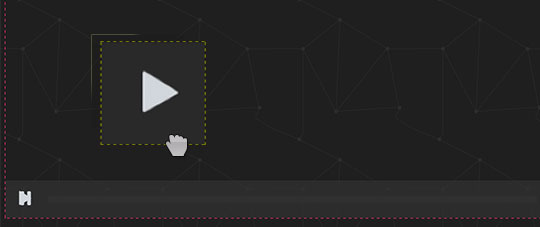

Improve playback of lower-latency Apple HLS streams.Get HTTP and RTP performance statistics.

Integrate user authentication with external systems.Publish securely from an RTMP encoder that does not support authentication.Take timed thumbnail snapshots of a transcoded stream.Disconnect clients after a specified time period.Resolve edge server stream requests to origin servers.Upload recorded media to an Amazon S3 bucket.


Once the API is imported, we need to make small adjustments to the default generated request, because the spec file does not contain the actual mapping that we’ve configured in the VHost.xml file and is also not capable of picking up the example values in the yaml file. The URL to the latest specification file is (Using tools like swagger, you can generate a client stub in your favourite programming language too). Postman can import the module API specification that is published in OpenAPI 3.0 format along with the documentation. You can use command line tools, such as curl to construct the API call, but in this example we’ll use Postman, a popular developer tool to work with the API. Once our stream is live, we can actually go and try out the REST API exposed by the module. Once these settings have been changed, please restart Wowza Streaming Engine to make sure the changes are picked up. In the production environment, it is recommended to expose only the minimal required functionality and use TLS. This requires you to open up this port on your firewall, which will also expose the other admin functions as well. In this post, we are going to use the Default Admin HostPort, which listens on port 8086. This file enumerates multiple HostPort tags and you need to pick the one on which you’d like to listen for API calls. To make the REST API exposed and capable of accepting incoming subtitles, we need to edit the conf/VHost.xml file as well. This is necessary because the REST API allows you to specify the language for each incoming subtitle and the module allows you to select which one or ones you are interested in. The captionLiveIngestLanguages property should be a comma-separated list of those languages that you are going to use. There are some additional configuration changes we need to make in the Application.xml file which is not exposed on the UI, so please open the conf/live/Application.xml file with your favorite text editor and add the highlighted lines to the TimedText tag:
Wowza media streaming engine change stream file name license key#
Next, we need to add a custom property to the application that contains the license key for the module: Don’t forget to press the Save button after adding the property. You can find configuration details for other possible use-cases in the documentation. You can do this by manually editing the conf/live/Application.xml file or by using the Engine Manager UI. For this you need to add the 608 module to your application. The module can be configured for different use-cases, in this post we are going to use CEA608 captions ingested from REST API calls. As a first step, we need to copy the wse-raskenlund-captioning-1.0.0-all.jar file to the lib folder of your Wowza installation, which on Linux servers is typically located under /usr/local/WowzaStreamingEngine/lib.


 0 kommentar(er)
0 kommentar(er)
